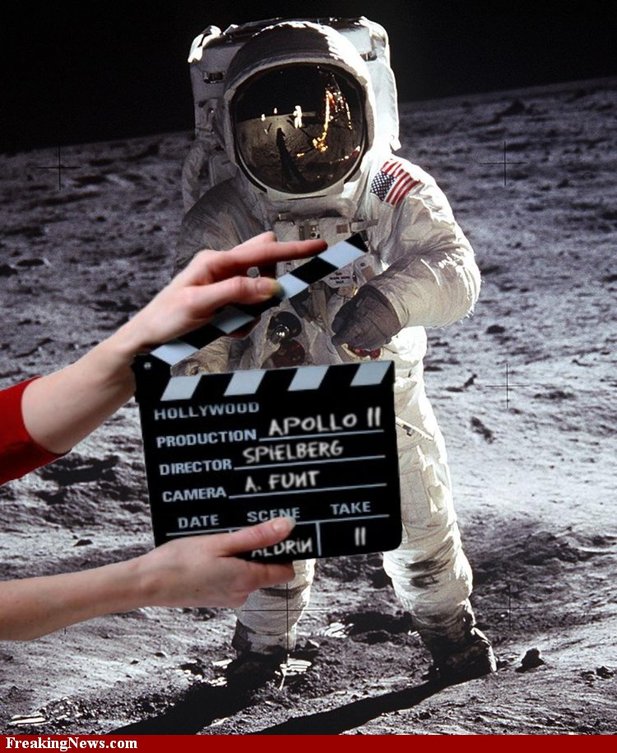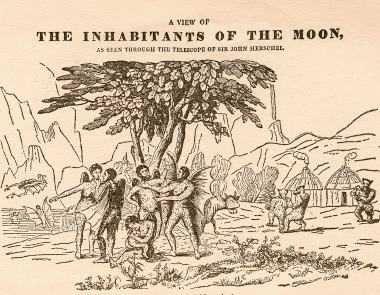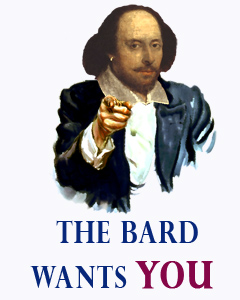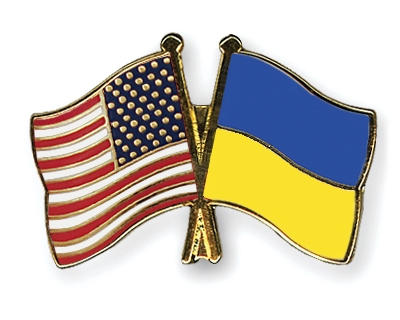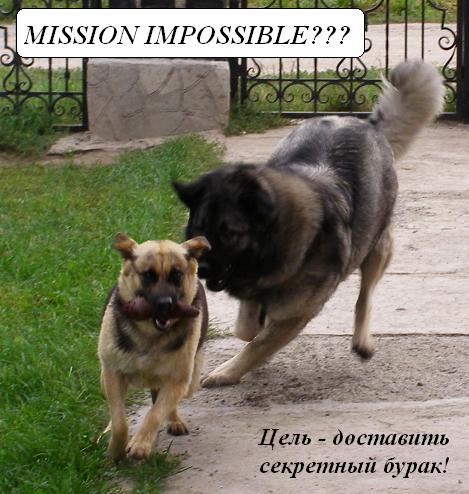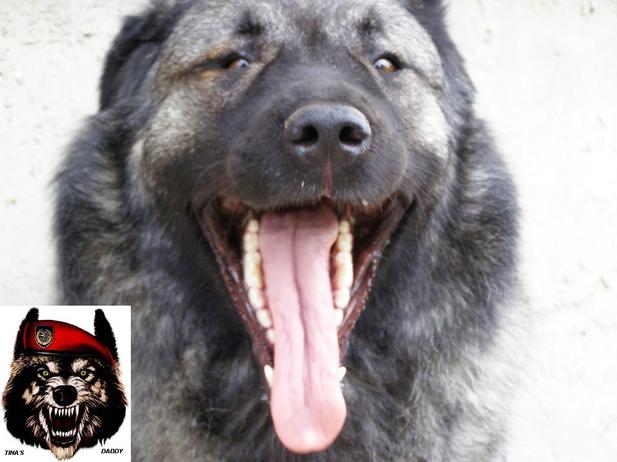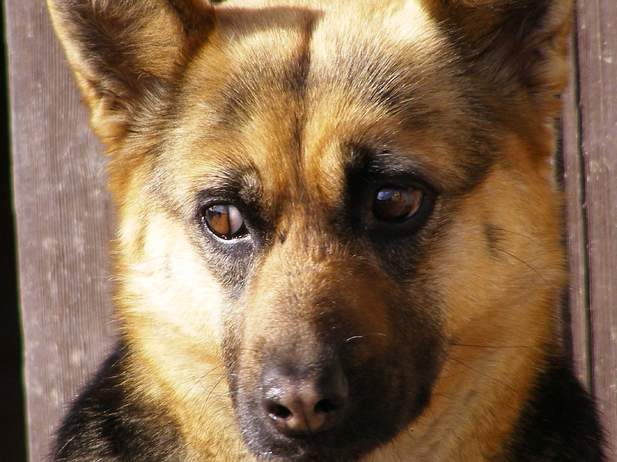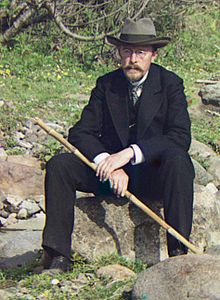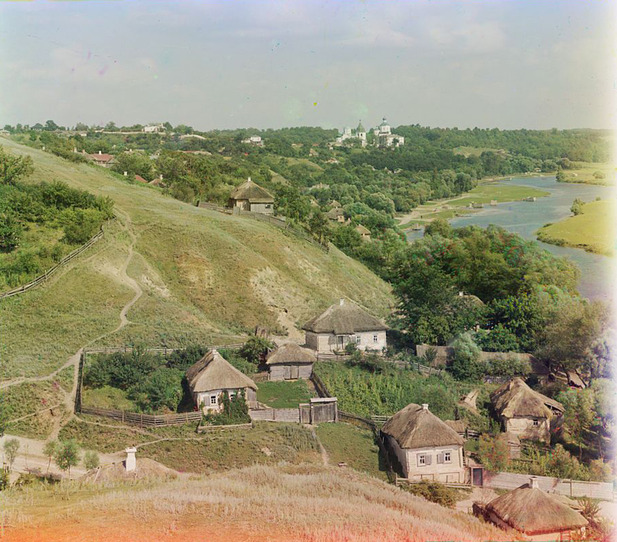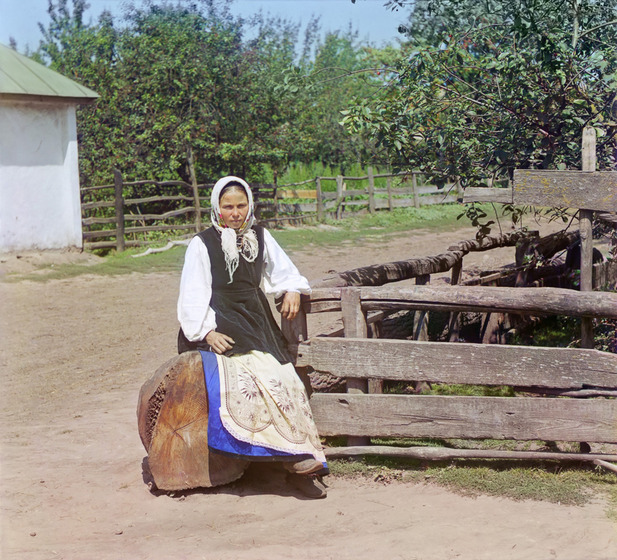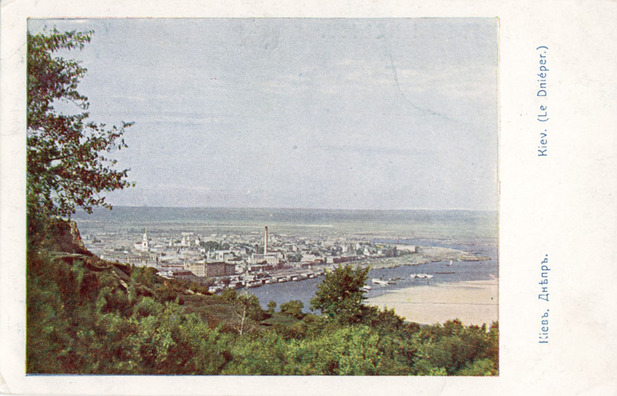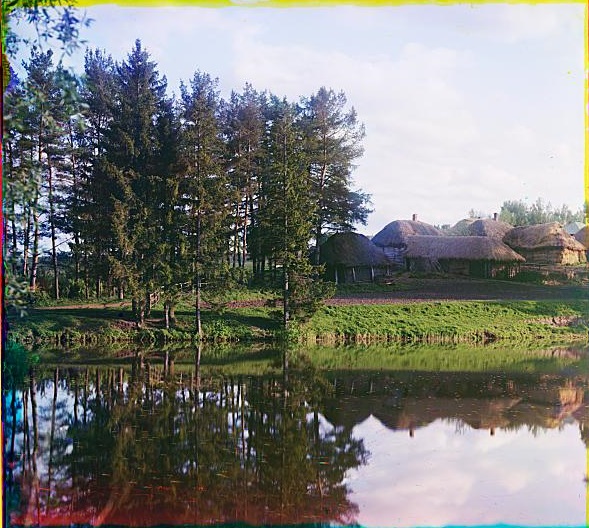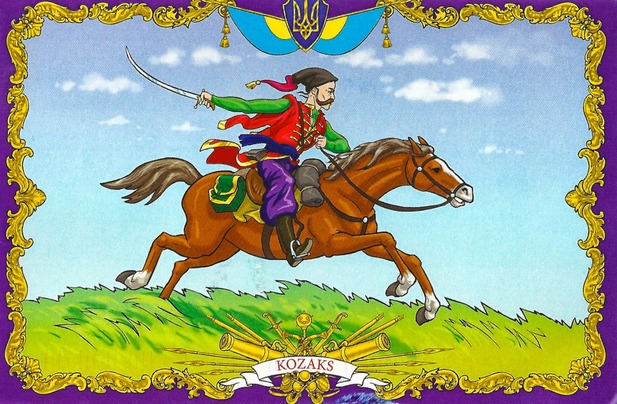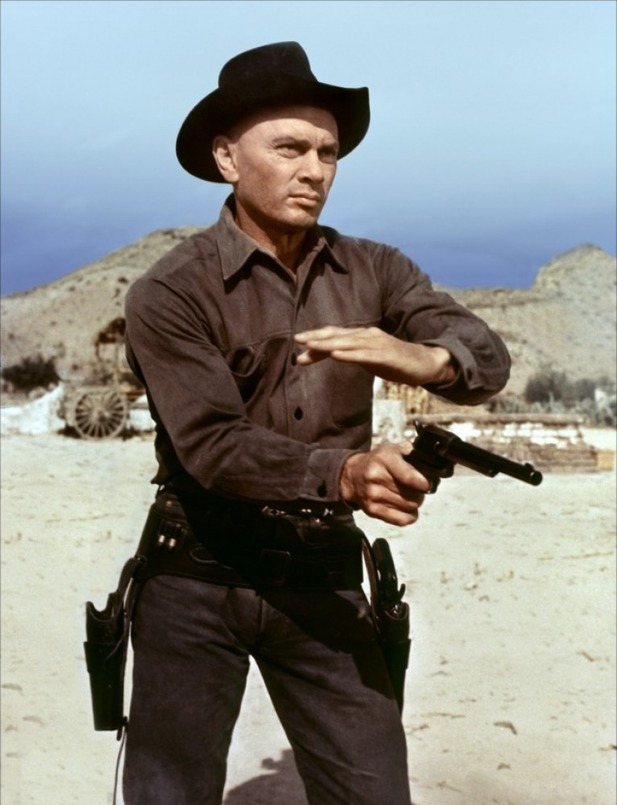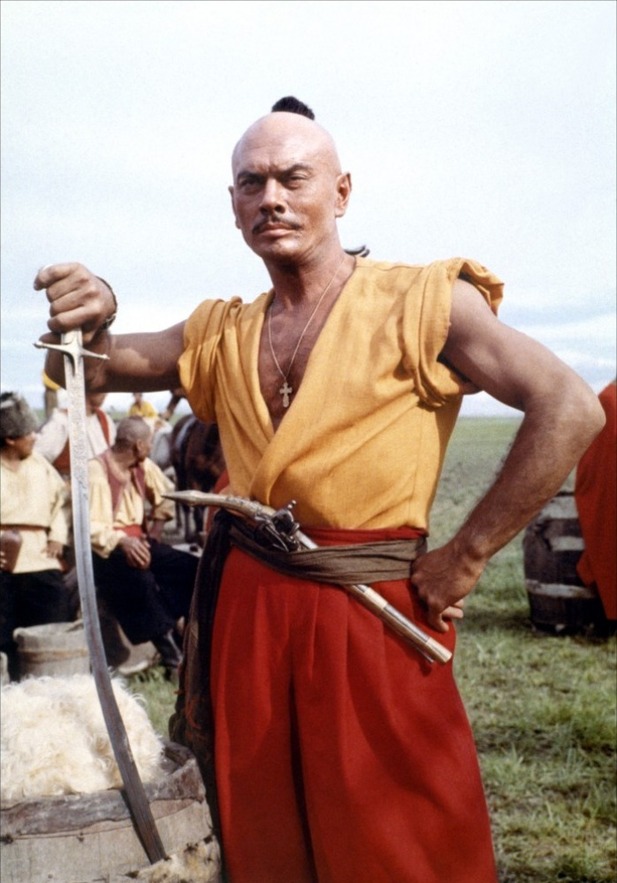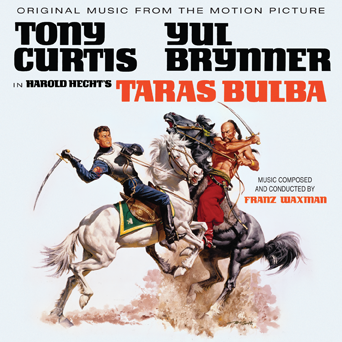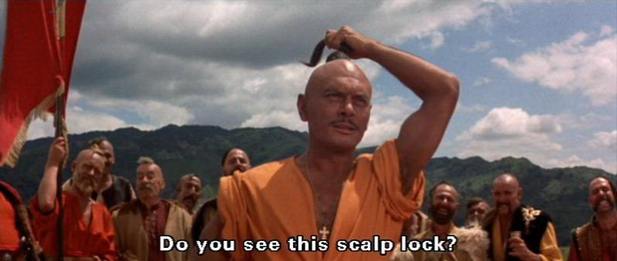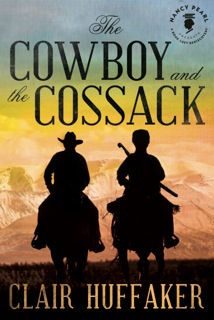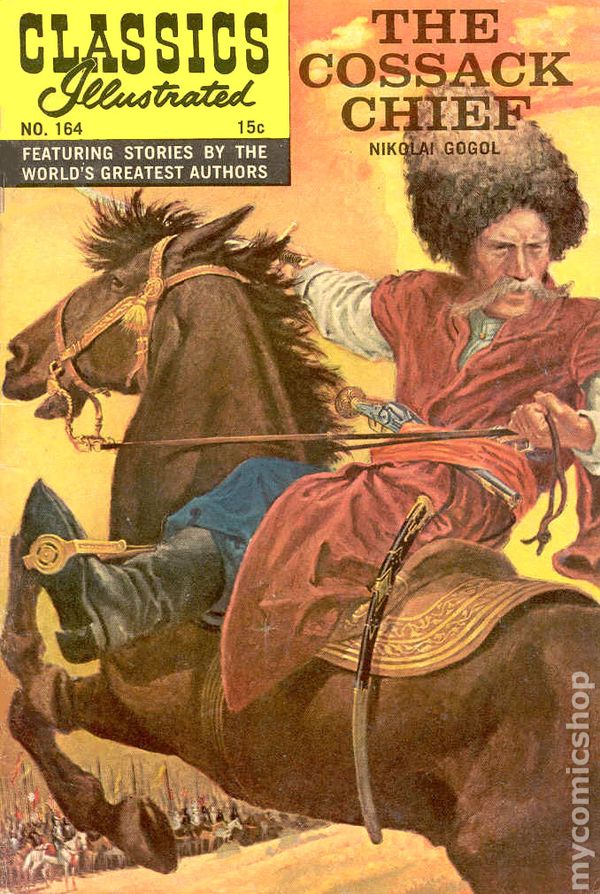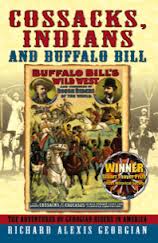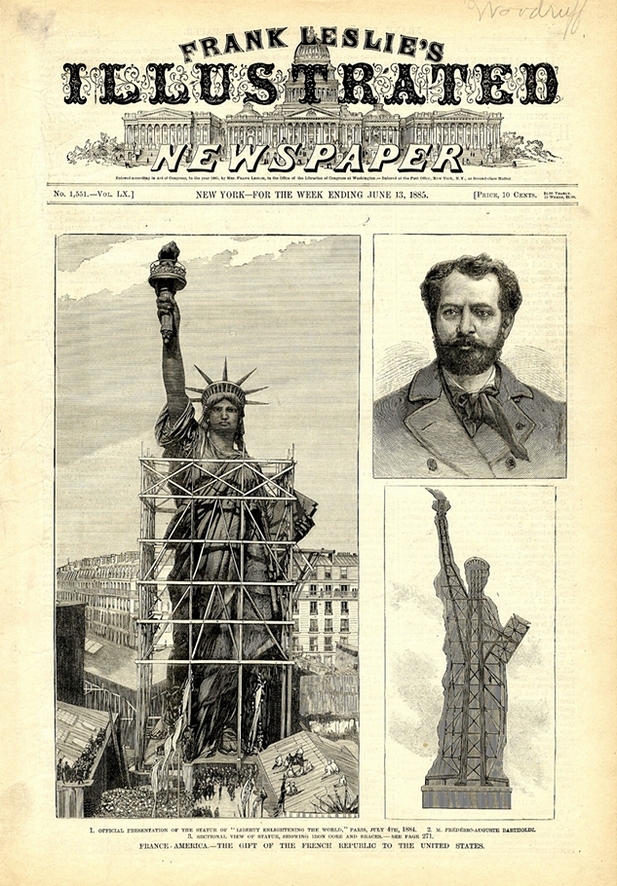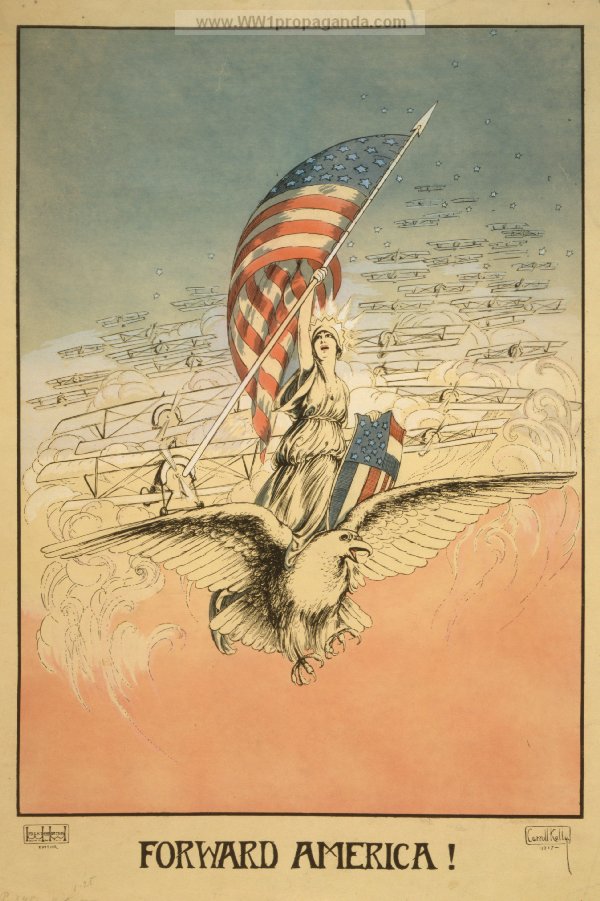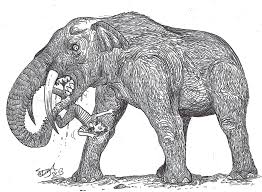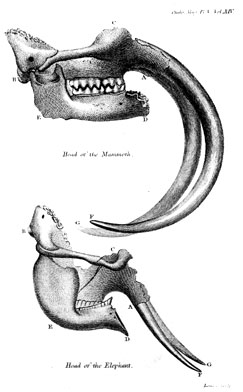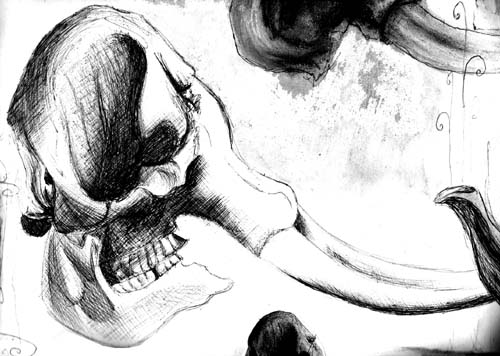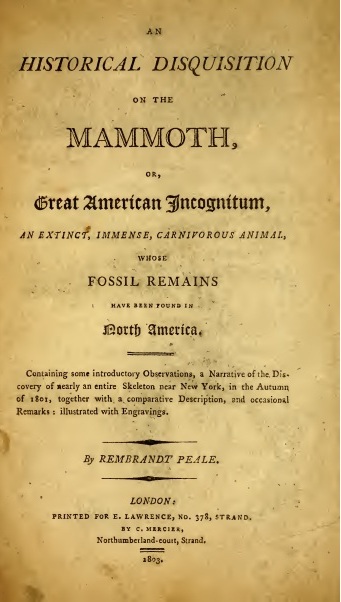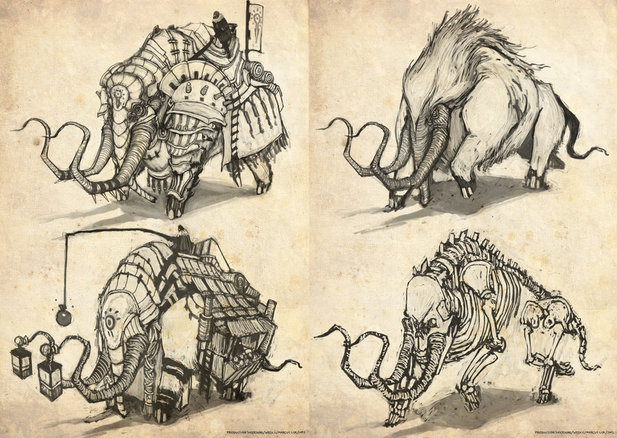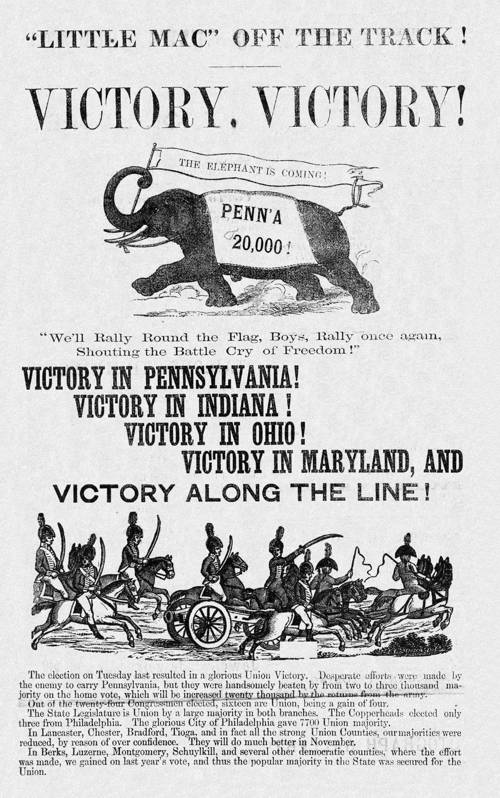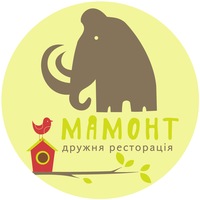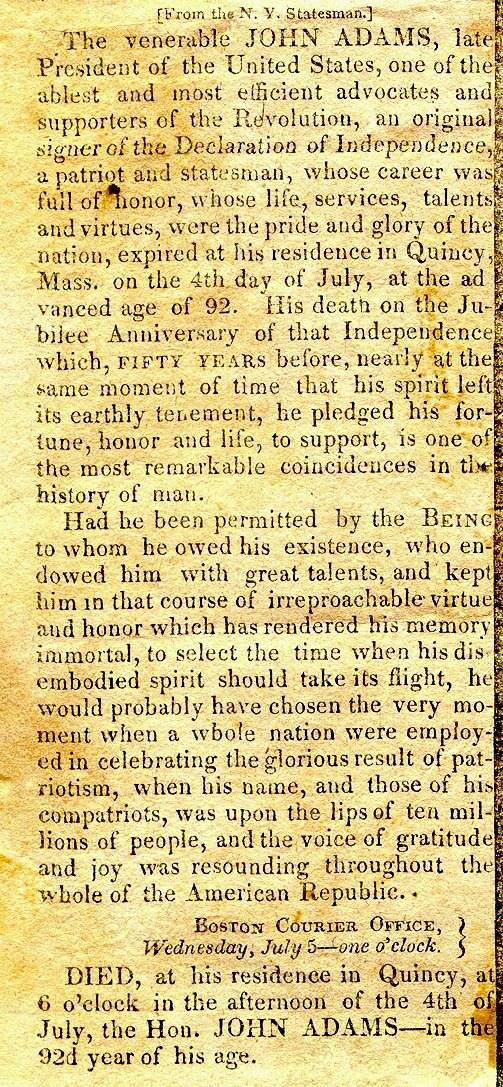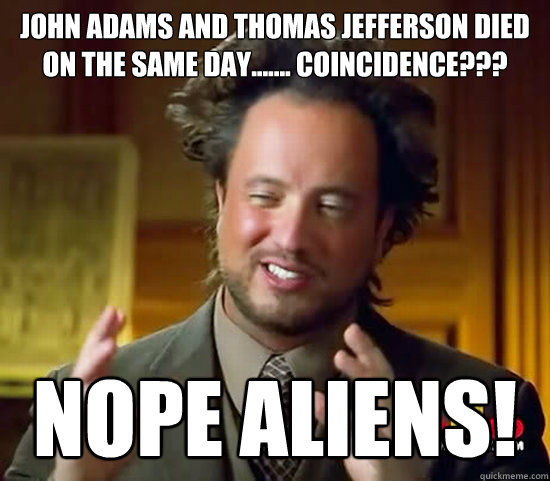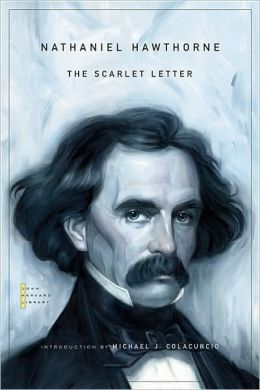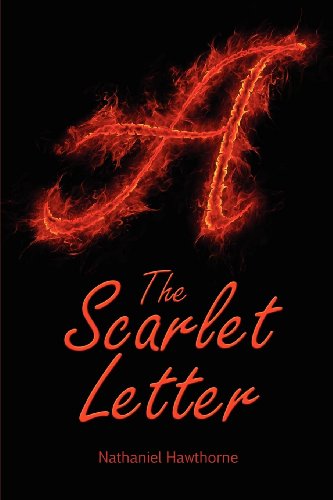
US Department of State — Direct Link
Fact Sheet
Office of the Spokesperson
Washington, DC
July 14, 2014
The United States’ goal throughout the crisis in Ukraine has been to support a democratic Ukraine that is stable, unified, secure both politically and economically, and able to determine its own future. Therefore, we support ongoing dialogue among the foreign ministers from Ukraine, Germany, France, and Russia to work toward a sustainable ceasefire by all parties in the Luhansk and Donetsk regions in eastern Ukraine that would build toward a lasting peace. We should emphasize, however, that our ultimate goal is not just a temporary halt to violence. We want Russia to stop destabilizing Ukraine and occupying Crimea, a part of Ukraine’s territory, and allow all of the people of Ukraine to come together to make their own decisions about their country’s future through a democratic political process.
Ukrainian President Poroshenko has proposed a detailed peace plan that includes a promise of amnesty for separatists who laid down their arms voluntarily, and who are not guilty of capital crimes, decentralization of powers within Ukraine, and protection of the Russian language. He also implemented a unilateral ten-day ceasefire on June 20 to create room for a political solution, which unfortunately was not reciprocated by the separatists and their Russian backers.
While Russia says it seeks peace, its actions do not match its rhetoric. We have no evidence that Russia’s support for the separatists has ceased. In fact, we assess that Russia continues to provide them with heavy weapons, other military equipment and financing, and continues to allow militants to enter Ukraine freely. Russia denies this, just as it denied its forces were involved in Crimea — until after the fact. Russia has refused to call for the separatists to lay down their arms, and continues to mass its troops along the Ukrainian border. Many self-proclaimed “leaders” of the separatists hail from Russia and have ties to the Russian government. This all paints a telling picture of Russia’s continued policy of destabilization in eastern Ukraine.
Here are the facts:
Russia continues to accumulate significant amounts of equipment at a deployment site in southwest Russia. This equipment includes tanks of a type no longer used by the Russian military, as well as armored vehicles, multiple rocket launchers, artillery, and air defense systems. Russia has roughly doubled the number of tanks, armored vehicles, and rocket launchers at this site. More advanced air defense systems have also arrived at this site.
We are confident Moscow is mobilizing additional tanks that are no longer in the active Russian military inventory from a depot to send to this same deployment site.
We are concerned much of this equipment will be transferred to separatists, as we are confident Russia has already delivered tanks and multiple rocket launchers to them from this site.
Available information indicates Moscow has recently transferred some Soviet-era tanks and artillery to the separatists and that over the weekend several military vehicles crossed the border.
Social media videos of separatist military convoys suggest Russia in the past week alone has probably supplied the militants with at least two-dozen additional armored vehicles and artillery pieces and about as many military trucks.
Publicly available videos posted on July 14 of a Luhansk convoy on the road to Donetsk revealed at least five T-64 tanks, four BMP-2 armored personnel carriers (APC), BM-21 multiple rocket launchers, three towed antitank guns, two ZU 23-2 antiaircraft guns, and probably a 2B16 mortar.
A video of Krasnodon, near the Izvaryne border crossing, on 11 July showed two BTR armored personnel carriers, two antitank guns, and various trucks on a road heading in a westerly direction towards Donetsk.
A video filmed in Donetsk on 11 July showed a convoy of three BMD-2 APCs, two BMPs, one 2S9 self-propelled gun, and a BTR-60 APC.
In addition, after recapturing several Ukrainian cities last weekend, Ukrainian officials discovered caches of weapons that they assert came from Russia, including MANPADS, mines, grenades, MREs, vehicles, and a pontoon bridge.
Ukrainian forces have discovered large amounts of other Russian-provided military equipment, including accompanying documentation verifying the Russian origin of said equipment, in the areas they have liberated from the separatists.
Photographs of destroyed or disabled separatist equipment in eastern Ukraine have corroborated that some of this equipment is coming from Russia.
Recruiting efforts for separatist fighters are expanding inside Russia and separatists are looking for volunteers with experience operating heavy weapons such as tanks and air defenses. Russia has allowed officials from the “Donetsk Peoples’ Republic” to establish a recruiting office in Moscow.
Ukrainian pilot Nadiya Savchenko, who has long had a distinguished career in the Ukrainian military, was taken by separatists in mid-June. She is now being held in a prison in Voronezh, Russia. According to the Ukrainian government, she was transferred to Russia by separatists.
Separately Russia continues to redeploy new forces extremely close to the Ukrainian border. We have information that a significant number of additional military units are also in the process of deploying to the border.
Ukraine’s Good-Faith Efforts: In a bid to unify the country, President Poroshenko outlined a comprehensive peace plan on June 7. President Poroshenko’s plan offers amnesty to separatists who lay down their arms voluntarily, and who are not guilty of capital crimes; commits to providing a safe corridor for Russian fighters to return to Russia; establishes a job creation program for the affected areas; includes an offer of broad decentralization and dialogue with eastern regions, including the promise of early local elections; and grants increased local control over language, holidays, and customs. President Poroshenko also has reached out to the residents of eastern Ukraine and is pursuing constitutional reform which will give local regions more authority to choose their regional leaders and protect locally-spoken languages.
President Poroshenko implemented a unilateral seven-day (later extended to ten days) unilateral ceasefire on June 20. He also proposed meeting with leaders from eastern Ukraine — including separatists — despite their stated unwillingness to abide by the cease-fire or to negotiate.
Yet Russia and its proxies in Donetsk and Luhansk did not act on this opportunity for peace. Hours after the ceasefire began, Russia-backed separatists wounded nine Ukrainian service members. During the course of the ten-day ceasefire, Russia-backed separatists attacked Ukrainian security forces over 100 times, killing 28 service members. The separatists continue to hold more than 150 hostages, mostly civilians, including teachers and journalists. Separatists have refused all offers by the Ukrainian government to meet.
This timeline of events leading to, during, and after the unilateral Ukraine ceasefire illustrates how the good-faith efforts of the Ukraine government and European leaders to broker a ceasefire with Russia and the separatists it backs have been rejected. Russia and the separatists they are supporting continued to destabilize Ukraine throughout the ceasefire, and continue to destabilize Ukraine today.
May 25: Petro Poroshenko, who had campaigned on a platform stressing reconciliation with the east and Russia, is elected by an absolute majority of voters in Ukraine.
June 8-17: President Poroshenko hosts five rounds of contact group talks, facilitated by the OSCE envoy, in the lead-up to his announcement of a ceasefire.
June 12: Poroshenko initiates a call to President Putin to open communication.
June 14: EU-brokered gas talks end with a final EU brokered proposal: Ukraine accepts the proposal, but Russia rejected it.
June 19: Poroshenko meets with eastern Ukrainian leaders, including separatists, in Kyiv.
June 20: Poroshenko implements a seven-day unilateral ceasefire. Hours later, nine Ukrainian service members are wounded by pro-Russian separatists, foreshadowing separatists’ 100 plus violent actions over the next 10 days.
June 23: The contact group meets in Donetsk.
June 25: NATO Secretary General Rasmussen notes that there are “no signs” of Russia respecting its international commitments with regard to Ukraine.
June 27: Ukraine provides constitutional reform provisions to the Venice Commission for review. This reform would allow for the direct election of governors and for local authorities to confer special status on minority languages within their regions.
June 27: Poroshenko extends the unilateral ceasefire another 72 hours to allow another chance for OSCE contact group negotiations to show progress.
June 28: Ukraine shoots down two Russian UAVs violating Ukraine’s airspace in the Luhansk region.
June 30: Due to the separatists’ refusal to abandon violence in favor of negotiation, President Poroshenko allows the cease-fire to expire.
July 3: President Poroshenko in a telephone conversation with U.S. Vice President Biden reaffirms that he is ready to begin political negotiations to resolve the situation in Donetsk and Luhansk regions without any additional conditions.
July 8: President Petro Poroshenko visits the former rebel stronghold of Slovyansk to meet with local residents after government forces recapture it from pro-Russian separatists.
July 9: Ukraine restores electricity and train service to Slovyansk, and Ukrainian security forces distribute food, drinking water, and humanitarian aid to the population.
July 11: The Ukrainian government establishes an inter-agency task force in Slovyansk that is conducting damage, security, and humanitarian needs assessments.
July 11: The Ukrainian government reports that it delivered over 60 tons of humanitarian aid supplies in Donetsk Oblast over the preceding 24 hours, bringing the five-day total to 158 tons. President Poroshenko announces that Ukrainian security forces had successfully cleared nearly 100 mines and roadside bombs from liberated territory.
As General Philip Breedlove, NATO’s Supreme Allied Commander for Europe, stated on July 1: “The cease fire in Ukraine was not ended because of accusations; it was ended because Russian-backed separatists responded with violence while President Poroshenko tried to open a window for peace. Russia’s commitment to peace will be judged by its actions, not its words.” As the United States and our European allies have repeatedly stated, we call on the Russian government to halt its material support for the separatists, to use its influence with the separatists to push them to lay down their arms and abide by a ceasefire and to release all hostages. Only then can the process of bringing peace to Ukraine truly begin.
